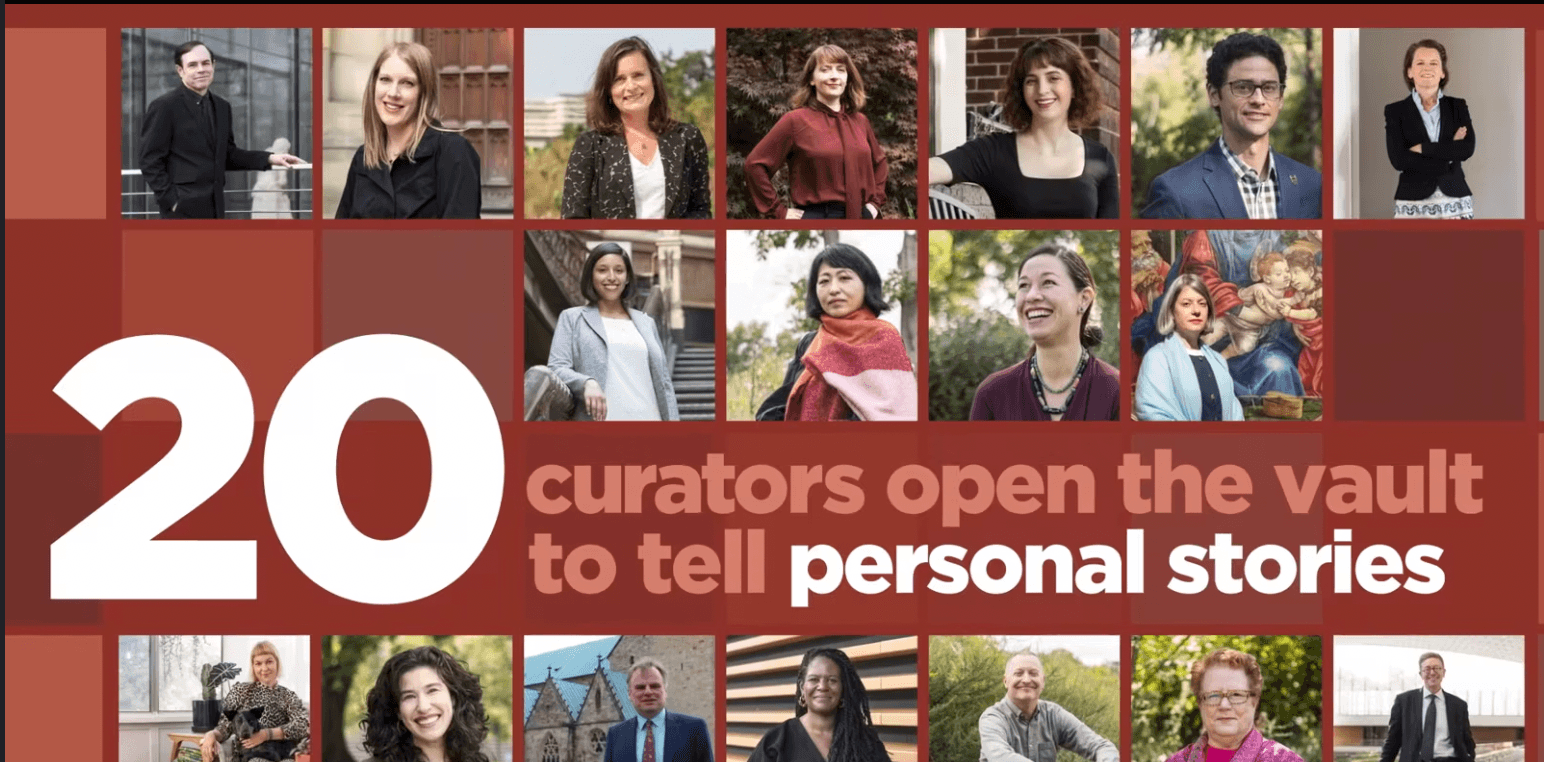Stories from Storage
- Special Exhibition
The Kelvin and Eleanor Smith Foundation Exhibition Hall and Gallery

About The Exhibition
When the pandemic upended international travel in March 2020, temporarily delaying projects that had been in development for years, the museum reimagined its schedule of exhibitions by drawing on its own resources. Stories from Storage offers a thoughtful and focused examination of multiple important themes through seldom seen works of art carefully selected by each of the museum’s nearly two dozen curators. It conveys not a single, linear narrative but multiple stories that complement one another. Each story reveals a unique element within the museum’s encyclopedic collection, representing human creativity across the globe.
“This wonderful new exhibition offers a glimpse into our vault, making available works rarely, if ever, before seen by the public,” said William M. Griswold, director of the Cleveland Museum of Art. “In Stories from Storage, visitors will experience a range of curatorial approaches, expanding our visitors’ understanding of the museum’s collection by adding to, elucidating or even complicating the chronicle of art history we present in our permanent collection galleries.”
With the CMA’s ArtLens App, hear from each curator to learn why they picked the objects for their story in the exhibition. Listen to a special introduction from Director William Griswold, get access to in-depth information with high-resolution images of every artwork on view and gain special insights into each of the 20 stories. Keep the entire exhibition at your fingertips to dive deep whether at home, or at the museum.
Featured Art
Sponsors
Major support is provided by the Sandy and Sally Cutler Strategic Opportunities Fund and Malcolm Kenney. Additional support is provided by Astri Seidenfeld. Generous support is provided by Russell Benz, in memory of Helen M. DeGulis, by Carl M. Jenks, and by Robin and Andrew Schachat.
All exhibitions at the Cleveland Museum of Art are underwritten by the CMA Fund for Exhibitions. Major annual support is provided by the Estate of Dolores B. Comey and Bill and Joyce Litzler, with generous annual funding from Mr. and Mrs. Walter R. Chapman Jr., the Jeffery Wallace Ellis Trust in memory of Lloyd H. Ellis Jr., Ms. Arlene Monroe Holden, Eva and Rudolf Linnebach, William S. and Margaret F. Lipscomb, Tim O’Brien and Breck Platner, the Womens Council of the Cleveland Museum of Art, and Claudia C. Woods and David A. Osage.